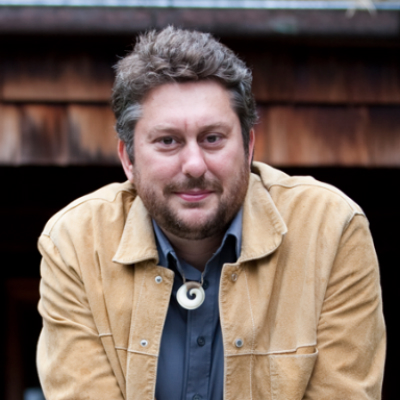Keystone species are those rare plants and animals necessary for natural communities to thrive. They play an outsized role in creating conditions for other species to find their own ecological niches.
There’s a similar phenomenon in the ecosystems of design and construction. Every once in a while, a project comes along that moves our aspirations forward in a significant way — it opens up fresh possibilities and creates new norms. The Living Building at Georgia Tech, which launches construction next week, could play that role.
Since we introduced the Living Building Challenge in 2007, 15 buildings worldwide have earned full certification. But more than 200 projects are now candidates for certification under what is still the world’s most demanding green-building standard, and many more are seeking partial certification.
Living Buildings are a vanguard for the accelerating movement toward regenerative design and construction. That movement is founded on the proposition that buildings must do their part to restore the environment, and not just to detract from it.

Among Living Buildings, the Bullitt Center in Seattle stands out as keystone: No fossil fuels are used to power it. It collects and treats its own water. It’s a healthy, uplifting place to work. And it’s changed what people think is possible for commercial construction. That, in turn, has led to more Living Building projects for ever-larger Class A office complexes.
It’s no secret that regenerative movement has only begun to take hold in the Southeast. The first fully certified Living Building in that region earned its stripes just last year.
As owners, designers and builders are introduced to a regenerative path, they raise similar questions in every region: Isn’t our climate uniquely challenging? Aren’t our builders too traditional? Where will we find supply chains for toxin-free materials? And, in the South, how can we overcome unfavorable incentives and regulations for green building?
Kendeda Fund, Georgia Tech and their design team, which I’ve been honored to be part of, already have answered a lot of these questions. They’ve demonstrated what always seemed to be true — that the biggest question is: Do we have the will?
The Tech design team — led by Lord Aeck Sargent of Atlanta and Miller Hull of Seattle — has shown that, in the Deep South, a significant campus building with a very full building program can be designed to meet Living Building 3.1 standards. Construction and operations will present their own challenges. But the design is quite an achievement.
It’s important to note that the plans don’t rely on revolutionary architecture or bleeding-edge technology. The design isn’t fussy — its simple and elegant. Like most other Living Buildings, it relates to and enhances the surrounding natural environment. Many of its systems are off-the-shelf products, simply reconfigured for this project. We know how to do this stuff. It’s not rocket science.
I have high hopes for the change this one building can foster in the Southeast. I hope Georgia Tech can’t put this ambitious approach to building back in the box and that the campus forever changes how it does business. I hope other schools follow Tech’s lead by modeling what buildings are on their way to becoming. I hope property owners across the South find that buildings can help to reconnect us to our natural heritage while still being pragmatic and fiscally sound.
And I’d love it if people came to Georgia Tech around the world to kick the tires on living proof that it can be done in a hot, humid climate. People have to see for themselves what’s possible.
Jason F. McLennan is the creator of the Living Building Challenge. The founding CEO of the International Living Future Institute, he now chairs the ILFI Board of Directors and is CEO of McLennan Design. McLennan Design is a consultant to the Kendeda Fund on the Living Building at Georgia Tech. His column is part of our Building Thought Leaders series. If you’d like to republish or distribute this Building Thought Leaders column, please check out these guidelines.



The path they are trying to take with the rainwater -> potable for a commercial building would be truly pioneering. Not trying to get an exception to the health codes and EPD requirements for a small water system, but within the framework. Having the option for rainwater potable means that any existing building could add rainwater harvesting without repiping.